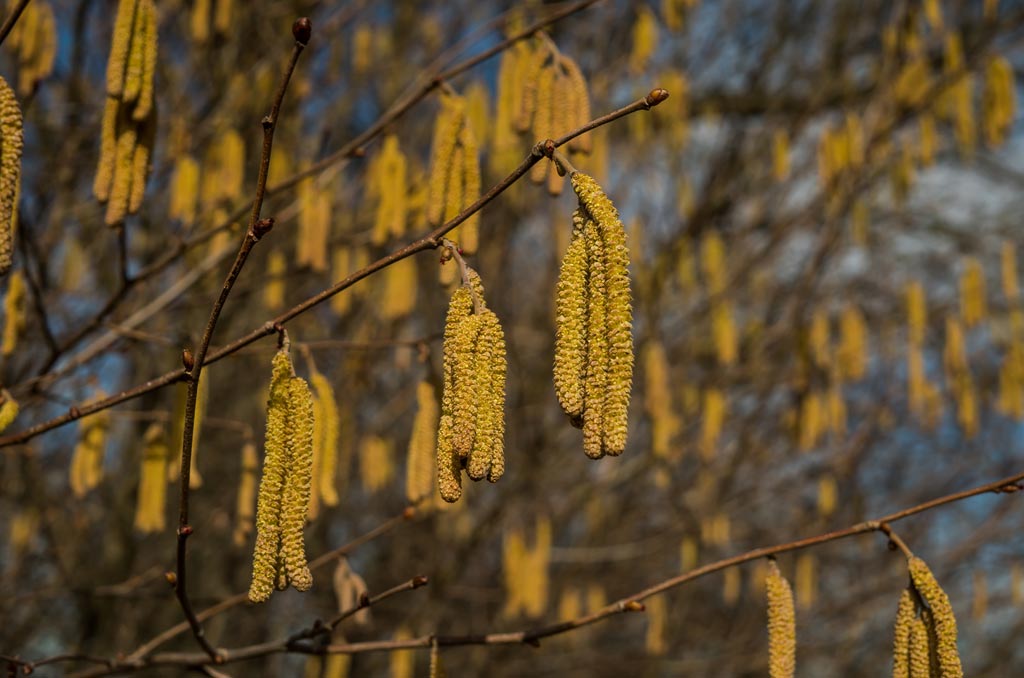The Nocciola Piemonte PGI and the territory
Nocciola Piemonte PGI refers to unshelled, shelled, and semi-processed hazelnuts obtained from the Tonda Gentile Trilobata hazelnut cultivar which is produced in Piedmont and mainly in the area of the Langhe, Roero and Monferrato hills.
Piedmont, where the Nocciola Piemonte PGI originates, is a region that boasts five UNESCO sites, including the Langhe – Roero and Monferrato areas. This confirms the fact that man has skilfully integrated himself with this territory, keeping its geo-morphological characteristics unaltered to such an extent that it has been recognised as an integral part of World Heritage. The UNESCO site includes breathtaking views with hills cultivated with hazelnut groves and vineyards. You can walk among medieval towers and castles, stop off in historic villages and taste the traditional specialties of the territory; in other words, it is a Region to visit!
P.G.I. (Protected Geographical Indication)
PGI identifies agricultural and food products that originate in an area in which at least one of the production phases takes place and to which are attributable: quality, reputation, and other important special characteristics. Nocciola Piemonte PGI is subject to a Production Specification that establishes the characteristics of the Product, from the cultivar to the production area, cultivation systems, marketing and labelling. The Nocciola Piemonte PGI was officially recognised with Ministerial Decree of 2 December 1993.
Characteristics
The Nocciola Piemonte PGI is particularly valued for its qualitative parameters such as:
History
The hazelnut tree was one of the first fruit-bearers used and cultivated by man, being already an important source of energy for the first nomadic populations. In 1806 following the war against England, Napoleon imposed a freeze on imports from that country, including cocoa, making it practically unobtainable and at intolerable prices. The master pastry chefs of Turin began to mix what little cocoa had remained with the cheaper Nocciola Tonda Gentile Trilobata; a new product called Gianduja was born.
Around 1930 the cultivation of hazelnuts spread in the Langhe thanks to the passionate activity of Emanuele Ferraris, who demonstrated at the time that the hazelnut tree was more resistant and durable than the vine.
Gastronomy
The Nocciola Piemonte PGI must be stored in cool, ventilated places to avoid possible rancidity. They can be eaten as soon as they are harvested or after drying. The product is mainly used in the confectionery industry for the preparation of creams, cakes, ice cream or as an ingredient in the gianduiotto, the typical Piedmontese chocolate, and in the characteristic Christmas nougat, where hazelnut is the main ingredient and expresses its characteristics to the full. The hazelnut also has a decorative function in confectionery when ground. There are also many uses for it in numerous savoury dishes.
Health and Wellbeing
In addition to having a significant content of essential amino acids and vitamin E, the hazelnut is particularly rich in lipids.
Specifically, the lipid fraction has over 40% of monounsaturated fatty acids (as oleic acid) and has the highest monounsaturated/polyunsaturated ratio compared to other dried fruit. Recent studies seem to demonstrate that a regular consumption of hazelnuts has a positive effects on human health.
It is confirmed in fact that a diet rich in oleic acid (the same fatty acid that is in extra virgin olive oil) maintains the so-called “bad cholesterol” at low levels in the blood, and increases the levels of “good cholesterol”.














